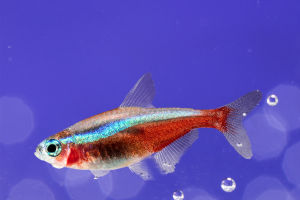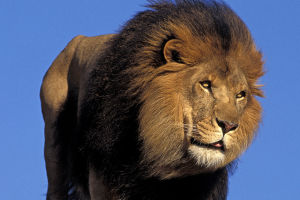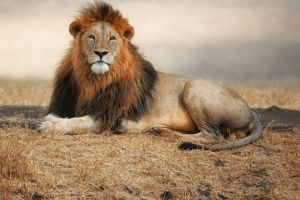Zebras are among the most iconic animals of the African grasslands, and their black and white stripes are their signature feature. No other animal has such distinctive fur, and it is said that each zebra has a unique pattern of stripes that is as individual as a human fingerprint.
These beautiful creatures are herbivores, feeding mainly on grass and leaves, and they play an important role in maintaining the balance of the grassland ecosystem.
Zebras are native to Africa, where they are found in different regions. The Plains zebra is the most common species, and it can be found in eastern, central, and southern Africa.
The Mountain zebra is native to South Africa, and it has a pair of donkey-like big long ears. It is densely covered with wide black stripes except for the abdomen, and the male has a dewlap on the throat.
Besides grass, shrubs, twigs, leaves, and even bark are part of their diet, and their digestive system is highly adaptable to low-nutrient conditions. This makes zebras more resistant to African diseases than horses, but they have never been domesticated or crossed with horses.
Zebras are highly social animals that live in groups of varying sizes. Smaller groups consist of a male zebra and several females, while larger groups can consist of several or even dozens of smaller groups, with as many as several hundred individuals.
Zebras have a reproductive cycle of about one year, and females give birth to young horses during the dry season. This allows the young horses to find enough food during the rainy season when the vegetation is lush. Young horses are already strong at birth and can quickly follow their mothers.
The evolution of zebra stripes has long puzzled scientists, but recent studies suggest that the stripes may have evolved to hide in tall shrubs. This color, like a prison uniform, may confuse predators and act as camouflage on the grassland.
Despite their abundance, zebras face numerous threats to their survival. Human activities and development have led to the continuous reduction of zebra habitats, while illegal hunting and poaching have also led to a reduction in their numbers.
Climate change and grassland degradation have also affected the survival of zebras. As the global climate warms, arid regions in Africa are getting drier, making it difficult for zebras to find enough food and water. Grassland degradation is also shrinking the zebra's habitat, leading to a steady decline in their numbers.
To protect zebras and other grassland animals, many organizations and institutions are actively taking action. One of these measures is to protect the zebra's habitat and ecosystem, ensuring they have enough food and water. It is also crucial to strengthen regulation and combat illegal hunting and poaching.
Zebras are fascinating creatures with unique features and a crucial role in the African grasslands ecosystem.
Their distinctive stripes are not only beautiful but also serve a critical purpose in helping them to survive in their natural habitat. It is essential to protect these magnificent animals to ensure that they continue to thrive for generations to come.


